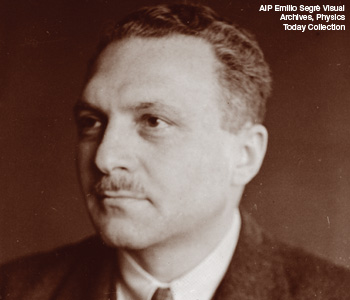The History of OSA
Selig Hecht: Frederick Ives Medalist, 1941
Selig Hecht, recipient of the 1941 Frederick Ives Medal, was known for his substantial contributions to the study of photoreception and vision. One of his most famous findings was his determination that a minimum of 5-14 photons are required to produce a visual response in the human eye.
 Selig Hecht
Selig Hecht
AIP Emilio Segrè Visual Archives, Physics Today Collection
Selig Hecht (1892-1947) was born in the village of Glogow, Austria (now Poland) and came to America as a young boy. He attended public schools in New York City’s lower east side neighborhood and was known as a hard-working and bright student. He spent his last summer vacation before college at the Bureau of Fisheries in Beaufort, N.C. In 1913, he earned a degree in biology at the City College of New York.
…Log in or become a member to view the full text of this article.
This article may be available for purchase via the search at Optica Publishing Group.
Optica Members get the full text of Optics & Photonics News, plus a variety of other member benefits.
